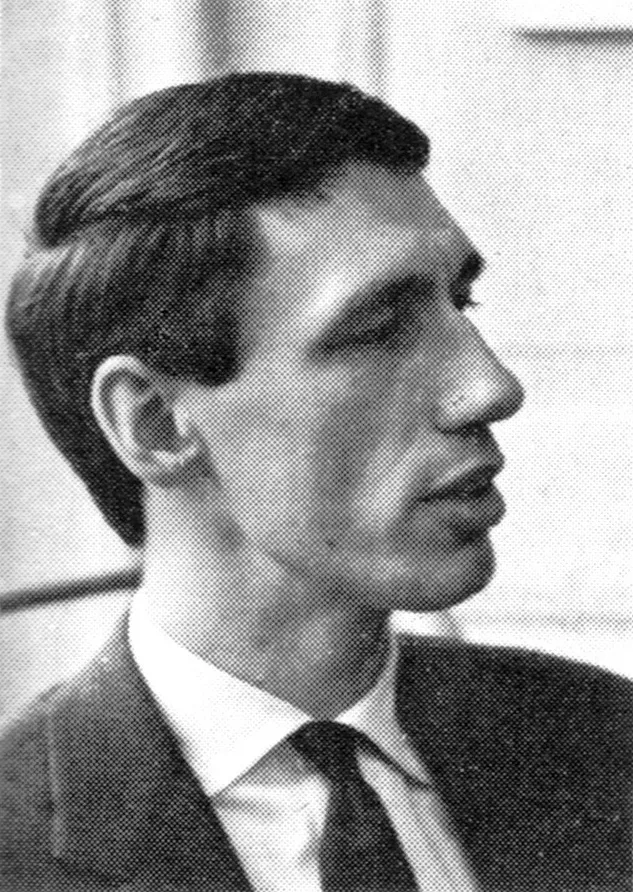I first came across Kens work in the Unit Edition’s superb monograph, Structure and Substance, published in 2012. Although I had owned a few of the British industrial design magazines, Design, for a few years before, in which Ken had designed numerous covers for.


